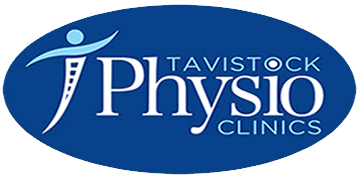Achilles Tendon Injury
Achilles tendon injury can manifest in one of two ways;
Most commonly you will experience soreness and stiffness in the region of the tendon, which runs from the back of your heel up to your calf muscle. These symptoms are often worse first thing in the morning and after periods of inactivity.
If not treated correctly, this can gradually worsen, resulting in pain at the back of the ankle, reduced movement of the ankle, with or without signs of localised swelling and an increased risk of the tendon fibres tearing or complete rupture of the tendon.
The more dramatic, but less common presentation is where, often without any forewarning, the achilles tendon tears or ruptures, usually but not necessarily resulting in sudden onset pain, swelling and dysfunction of the ankle.
Common causes
An achilles tendon injury can be caused by a number of factors such as, but not limited to: overuse, misalignment of the foot, for example due to tight muscles within the lower limb or improper footwear.
How can physiotherapy help?
With a proper assessment, appropriate advice and implementation of a treatment and rehabilitation program, it is possible to reduce the inflammation associated with the injury and restore strength, mobility and stability to the lower limb. This will in turn help to relieve overstraining of the achilles tendon and encourage healing of the tendon.
What to expect during treatment?
Our experienced physiotherapists will complete a thorough assessment. Once they have diagnosed the cause of the problem, they will identify which tissues are tight and need stretching. Frequently it is important to mobilise stiff joints either side of the affected tendon and use soft tissue massage of the painful areas, to help desensitise and reduce swelling. This will help to regain normal movement and function. In some cases, acupuncture can also be used to relieve pain and promote healing. Additional support and re-education of your gait can be provided by use of kinesio taping. We will also offer advice on footwear where appropriate. In some cases use of orthotics to help support the foot is beneficial. Click here to find out more about orthotics.In addition to this, we will assess existing movement patterns, so that we can plan a structured rehabilitation program. The aim of rehabilitation, is to re-educate movement and increase the strength of the associated muscles and improve your balance. To assist you with this, we provide weekly rehab classes in our purpose made gym, run by a combination of our chartered physiotherapists and our fully qualified personal trainer. When your recovery has progressed sufficiently, you can choose to have additional personal training, tailored to your specific aims and requirements, to enable you to regain your previous fitness and function as soon as possible.
Click here to find out about our weekly knee rehab class.
